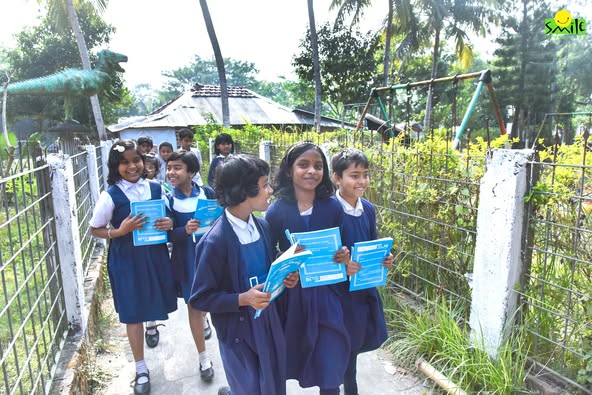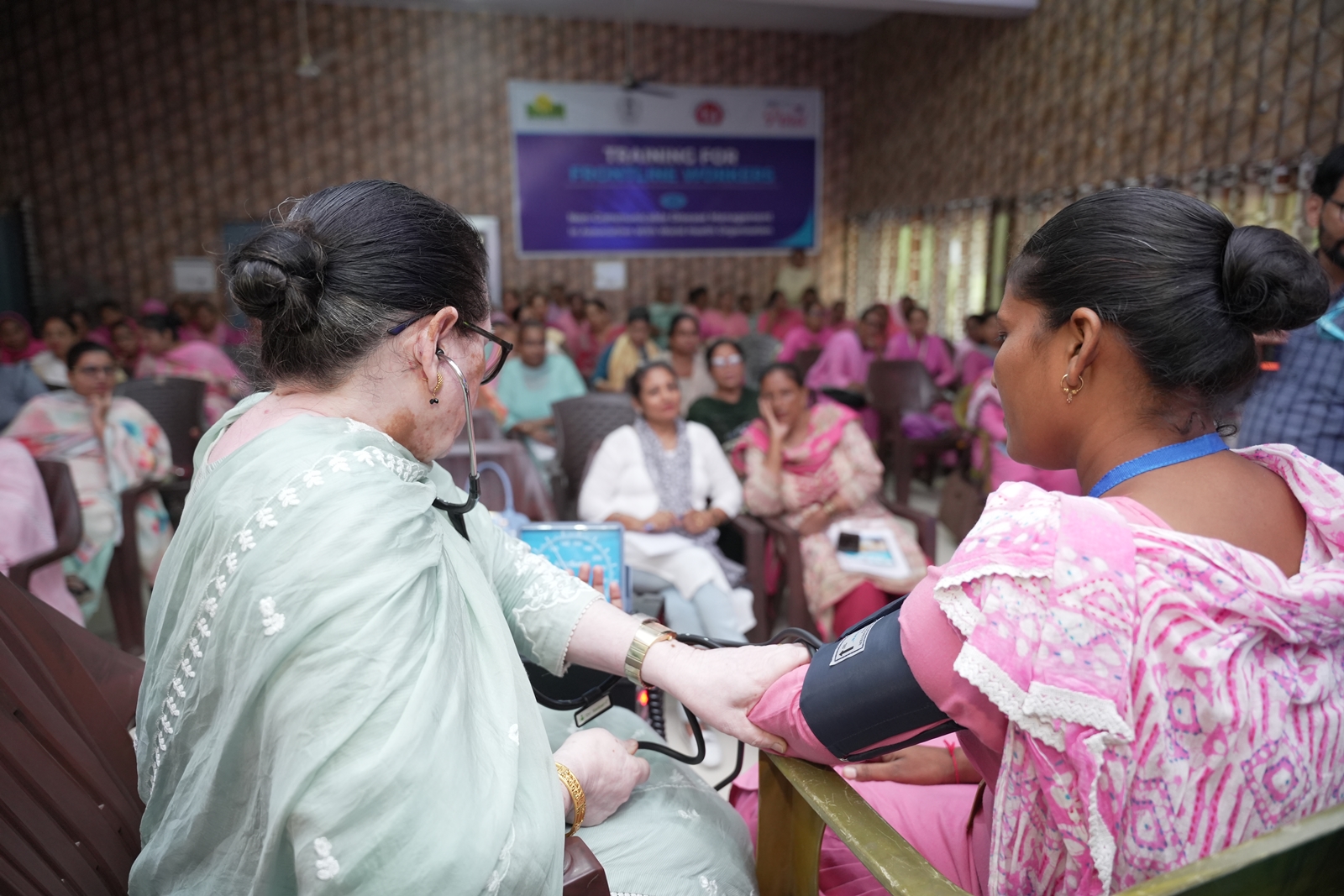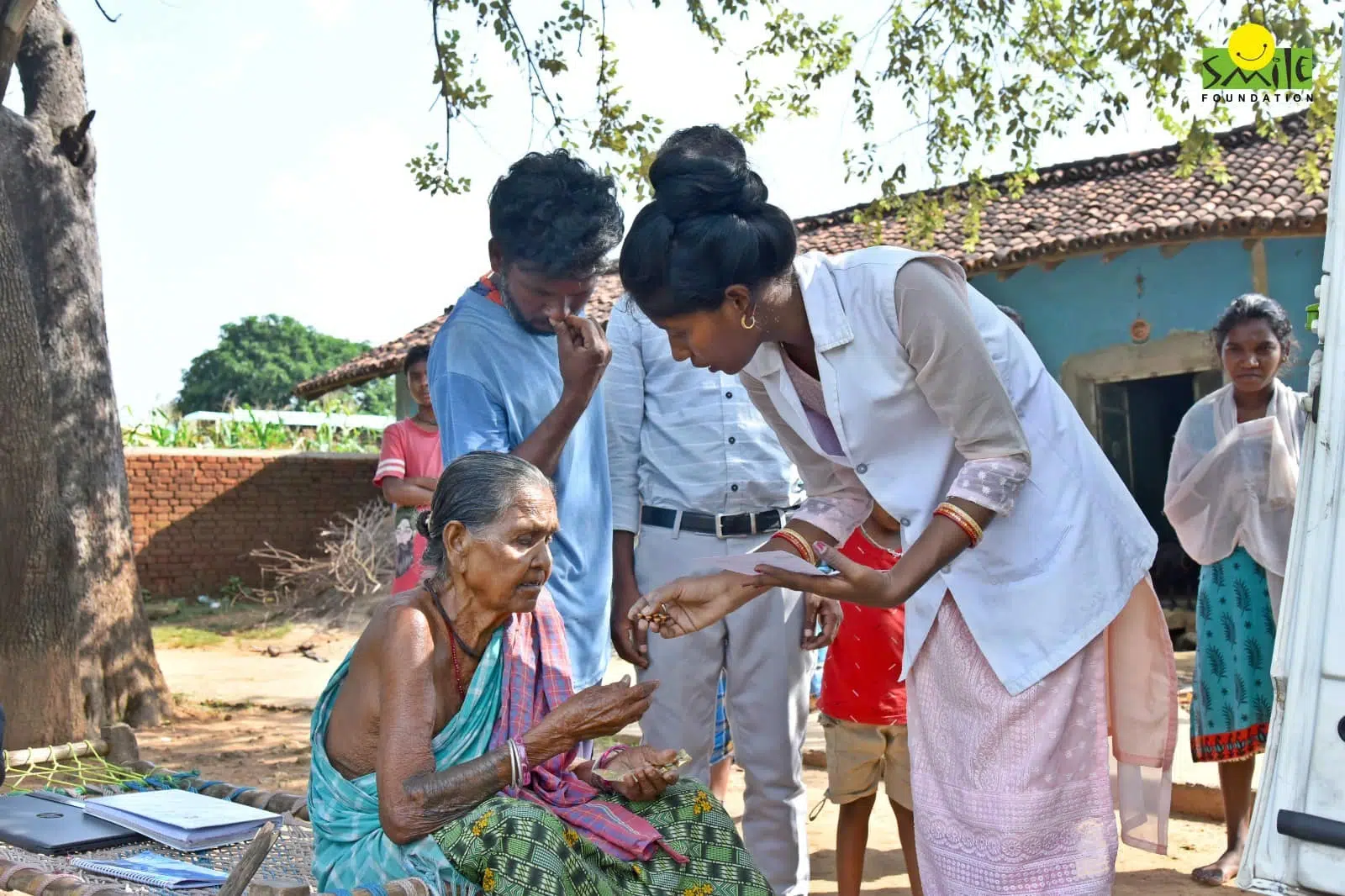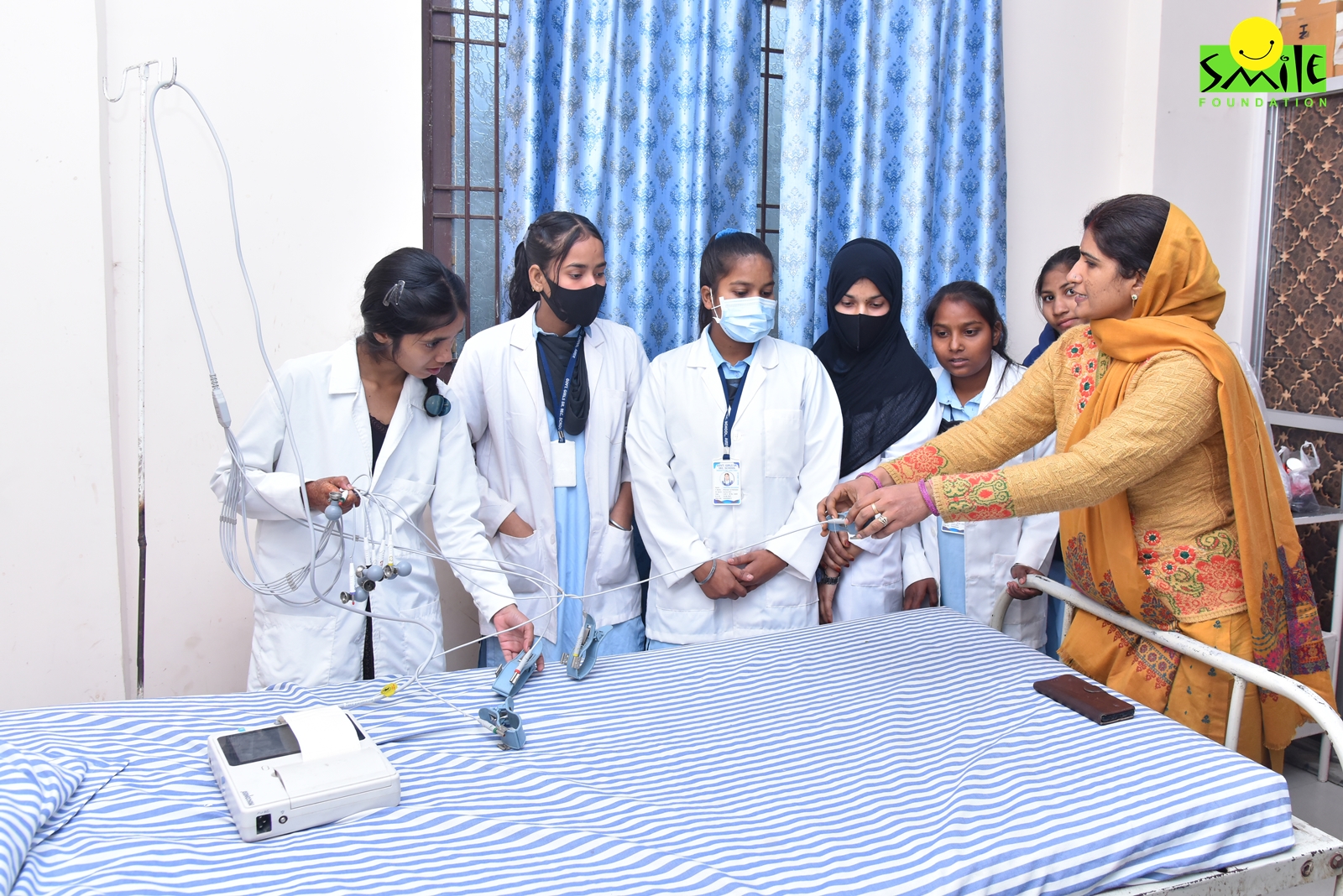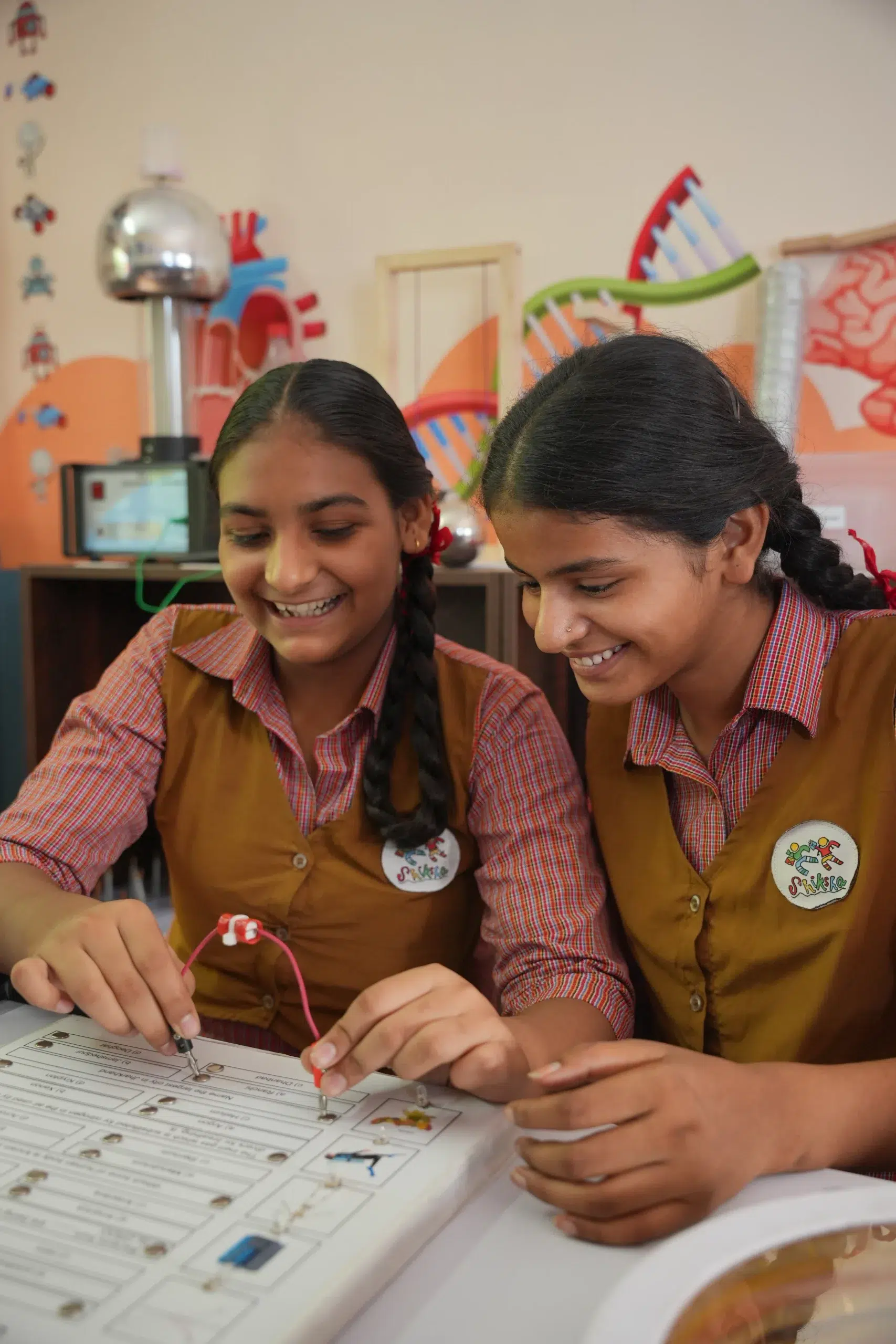The National Education Policy (NEP) 2020 was launched with much anticipation, promising a radical transformation of India’s education system. Aimed at making learning more holistic, inclusive, and skill-oriented, the policy replaced the decades-old structure with a progressive approach to curriculum, pedagogy, and assessment. With an emphasis on multilingualism, experiential learning, and digital integration, NEP 2020 seeks to bridge the educational divide and align Indian education with global standards. But as we step into 2025, an important question arises: Has NEP 2020 truly transformed our classrooms?
Early Childhood Care and Education (ECCE): Laying a Strong Foundation
Scientific research indicates that over 85% of a child’s brain development occurs before the age of six, making early childhood education crucial. NEP 2020 introduced Early Childhood Care and Education (ECCE), emphasizing play-based, activity-based, and inquiry-driven learning. This approach integrates foundational literacy and numeracy, cognitive development, motor skills, and socio-emotional learning.
A significant initiative under ECCE is the integration of pre-primary education into the formal schooling system, particularly through the strengthening of Anganwadi centers. In states like Odisha and Chhattisgarh, training programs for Anganwadi workers have improved learning outcomes for children in rural areas. However, the challenge lies in implementation—many rural schools lack trained educators, infrastructure, and learning materials, leading to inconsistencies in ECCE adoption
Emphasis on Experiential and Multidisciplinary Learning
One of the most significant shifts under NEP 2020 is the move from rote learning to experiential and multidisciplinary education. The policy promotes a flexible curriculum where students are encouraged to think critically, solve real-world problems, and develop holistic knowledge across disciplines. This shift is evident in the adoption of activity-based learning, project-based assignments, and the inclusion of arts, music, and vocational subjects alongside science and mathematics.
For instance, the introduction of the 5+3+3+4 structure ensures that foundational learning is engaging and interactive. In Karnataka, the Nali Kali program has successfully implemented activity-based learning in primary schools, leading to increased student engagement. Similarly, Delhi government schools have introduced the Happiness Curriculum and Entrepreneurship Mindset Curriculum, equipping students with problem-solving skills and entrepreneurial thinking. However, the transition has not been uniform across India, with rural schools struggling due to a lack of trained educators and infrastructure.
Digital Learning and its Uneven Implementation
NEP 2020 places significant emphasis on digital learning, with an aim to bridge educational gaps using technology. The introduction of DIKSHA, e-Pathshala, and other digital platforms has made learning resources widely accessible. According to various reports, online learning saw a surge, particularly benefiting rural students.
However, the digital divide remains stark—rural internet penetration in India is only about 37%, leaving many students without access to online education. Kerala has pioneered community-based digital learning centers to bridge this gap, while Jharkhand’s DigiSATH initiative provides digital content in regional languages. Despite these efforts, a large number of government schools still lack basic infrastructure like electricity and internet access, making digital learning inaccessible for marginalized students. To fully realize NEP’s vision, investments in affordable internet connectivity, electricity, and teacher training for digital instruction must be prioritized.
Vocational Training: A Step Toward Skill-Based Education
The 12th Five-Year Plan (2012–2017) revealed that less than 5% of India’s workforce aged 19–24 received formal vocational training, compared to 52% in the USA, 75% in Germany, and 96% in South Korea. Recognizing this, NEP 2020 mandates that students from Grade 6 onwards engage in vocational training.
Since the policy’s rollout, vocational education enrollment has been projected to increase significantly, according to the Ministry of Education. Tamil Nadu has introduced AI and robotics training in government schools, enhancing students’ employability in emerging sectors. Rajasthan’s Hunar se Rozgar Tak program integrates vocational training with traditional education, benefiting rural youth. However, vocational education still struggles with social stigma and resource constraints. Many schools lack qualified instructors and practical training facilities, limiting the impact of these initiatives. Addressing these socio-cultural barriers through awareness campaigns and industry collaborations will be crucial for the success of this initiative.
Education Made Inclusive
NEP 2020 aims to make education accessible to all, with a special emphasis on marginalized and underprivileged students. The policy’s focus on regional languages in early education is an effort to make learning more inclusive. According to recent research, mother-tongue-based education can lead to improved comprehension among students, particularly in tribal and rural regions.
The Odisha government has taken a lead in this aspect by developing bilingual textbooks in tribal languages, ensuring indigenous communities have better access to quality education. Despite these successes, concerns persist regarding transitioning to English-based higher education, which may limit global opportunities for students.
Beyond Traditional Exams
Traditional assessment systems in India have long emphasized rote memorization, leading to exam pressure and limiting creativity. NEP 2020 introduces competency-based assessments that evaluate a student’s conceptual understanding rather than their ability to memorize facts. The National Assessment Centre, PARAKH, was established to standardize these assessments across states.
Preliminary studies indicate that students exposed to conceptual evaluation methods show improved problem-solving skills. States like Maharashtra have piloted continuous assessment models, reducing exam stress and enhancing conceptual learning. However, many rural and semi-urban schools still rely on outdated examination patterns due to inadequate teacher training. Unless educators are equipped to implement these new techniques, the shift toward holistic assessment will remain theoretical.
Smile’s Work
Smile Foundation actively supports the implementation of the National Education Policy (NEP) 2020 through various initiatives aimed at transforming education in India. One such effort is the ‘Shiksha Na Ruke‘ campaign, which focuses on ensuring continuous education for children from underprivileged backgrounds, aligning with NEP 2020’s goal of universal access to education.
Additionally, the foundation’s Mission Education program has been realigned to embrace NEP 2020’s emphasis on experiential and multidisciplinary learning. This program integrates interactive learning experiences, moving away from rote memorization to foster critical thinking and problem-solving skills among students.
Smile Foundation also recognizes the importance of foundational literacy and numeracy, as highlighted in NEP 2020. Through various initiatives, the foundation aims to ensure that every child attains the desired learning competencies in reading, writing, and arithmetic, aligning with global best practices.
Furthermore, the foundation addresses the challenges of digital learning disparities by providing localized learning solutions to enhance education access in rural India, in line with NEP 2020’s vision of leveraging technology for learning.
Through these concerted efforts, Smile Foundation contributes significantly to the realization of NEP 2020’s objectives, striving to make quality education accessible and equitable for all children across India.
NEP 2020 has undeniably set the stage for a much-needed transformation in Indian education, aiming to align it with global standards through interdisciplinary learning, research, and international collaborations. The proposal to allow foreign universities to establish campuses in India is a step toward internationalization. However, challenges remain, particularly in funding—India’s education budget, at around 3.1% of GDP, falls short of the 6% target. Different states of India have shown significant progress, but disparities in rural areas persist. To truly elevate India’s global standing, continuous investment in research, faculty development, and exchange programs is essential. The journey has begun, but its success hinges on sustained execution and long-term impact.



